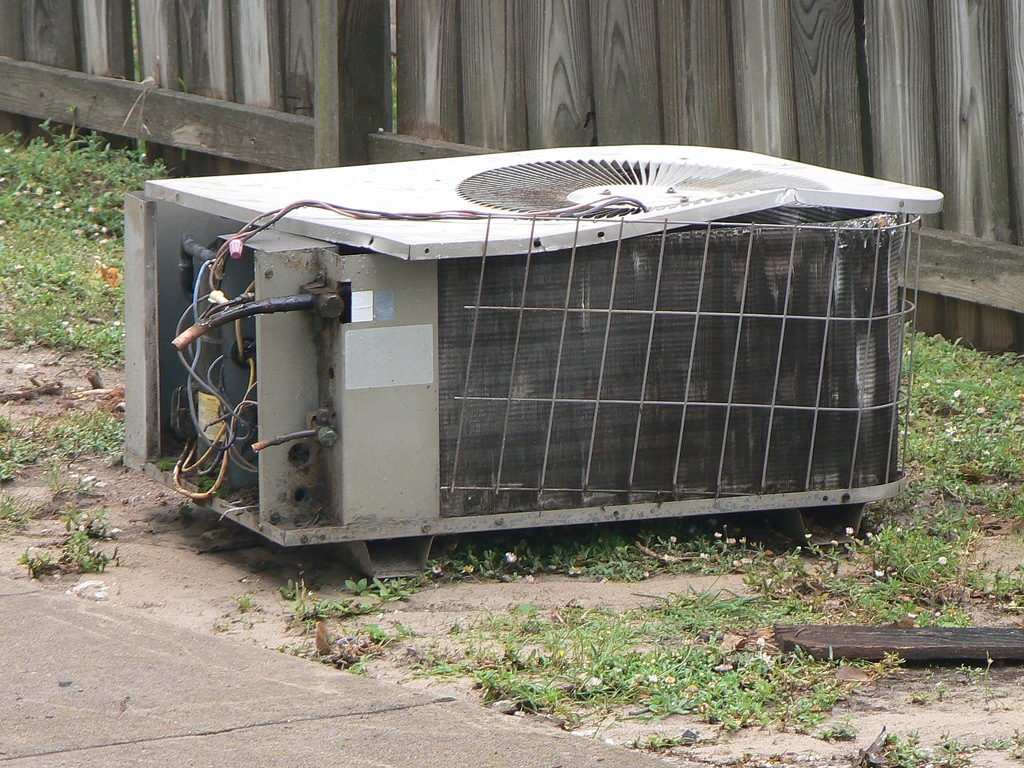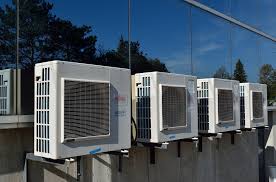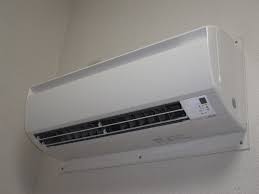Weatherproof Your Patio Furniture: Tips to Protect It Year-Round
When the sun is shining and the weather is perfect, there’s nothing quite like lounging on your patio. But as seasons change, so do the challenges of keeping that outdoor oasis in tip-top shape. Rain, snow, or even intense sunlight can take a toll on your beloved patio furniture. Without proper care, what once sparkled may soon look worn and tired. But worry not! With just a few simple strategies up your sleeve, you can weatherproof your patio furniture and enjoy it year-round. Let’s dive into some essential tips to protect those pieces that elevate your outdoor experience. Your furniture deserves to shine every season—let’s make sure it does!
Choose Weather-Resistant Materials From the Start
When investing in patio furniture, the materials you choose can make all the difference. Opt for weather-resistant options like aluminum, teak, or synthetic wicker. These materials are designed to withstand elements without deteriorating. Aluminum is lightweight yet sturdy. It won’t rust and requires minimal maintenance. Teak wood brings a classic charm while naturally resisting moisture and insects. If you’re drawn to wicker, go for high-density polyethylene (HDPE). This modern alternative mimics traditional wicker but offers enhanced durability against UV rays and rain. Choosing the right material not only prolongs your furniture’s lifespan but also keeps it looking fresh for years to come. Think about where you live and how often your furniture will be exposed to harsh conditions before making that purchase decision. That foresight pays off down the line as seasons shift and wear begins to show on lesser-quality pieces.
Apply Waterproof Sealants to Wood and Metal
Applying waterproof sealants to wood and metal is essential for longevity. These materials are often exposed to the elements, making them vulnerable to moisture damage. A good sealant creates a protective barrier that repels water. For wooden furniture, choose a high-quality marine-grade sealant. Metal furniture also benefits from a waterproof coating. Look for rust-inhibiting options that will protect against corrosion while keeping moisture at bay. Before applying any sealant, ensure surfaces are clean and dry. This preparation enhances adhesion and effectiveness. Regular maintenance throughout the seasons helps extend the life of your patio pieces significantly.

Store Cushions and Fabrics Indoors During Winter
Winter can be tough on outdoor cushions and fabrics. Storing them indoors protects your investment from the elements. Cold, damp conditions lead to mold and mildew growth, which can ruin upholstery. Before putting everything away, give your cushions a good cleaning. Use mild soap and water to remove dirt or stains. Make sure they are completely dry before storing them; moisture is your enemy here. Find a cool, dry space for storage—like a garage or shed. Stack cushions neatly in bins or baskets to save space while keeping them accessible for warmer days ahead. Consider using breathable fabric bags to prevent dust buildup without trapping moisture inside.
Inspect Regularly to Catch Damage Early
Regular inspections are essential to maintaining your patio furniture. Taking a few moments every month can save you from costly repairs down …




 There is no reason to panic if the condenser of your A/C is not working. You should start by checking the power to ensure that the unit is plugged in. In case it is fine then you should find out whether the fuse or tripped circuit breaker has blown. You can restore the unit’s power and confirm whether it is going to work again. Another possible problem can be the thermostat.
There is no reason to panic if the condenser of your A/C is not working. You should start by checking the power to ensure that the unit is plugged in. In case it is fine then you should find out whether the fuse or tripped circuit breaker has blown. You can restore the unit’s power and confirm whether it is going to work again. Another possible problem can be the thermostat. When the device is not cooling, you should begin by checking at the thermostat to ensure that it is working. Next, you can look at the condenser to determine whether it has accumulated dirt or it is blocked. If dirty then you should clean the same. Again if none of these works, the only thing you will be left with is hiring an expert.…
When the device is not cooling, you should begin by checking at the thermostat to ensure that it is working. Next, you can look at the condenser to determine whether it has accumulated dirt or it is blocked. If dirty then you should clean the same. Again if none of these works, the only thing you will be left with is hiring an expert.…